Easy or difficult to land?
Not much mystery—but some
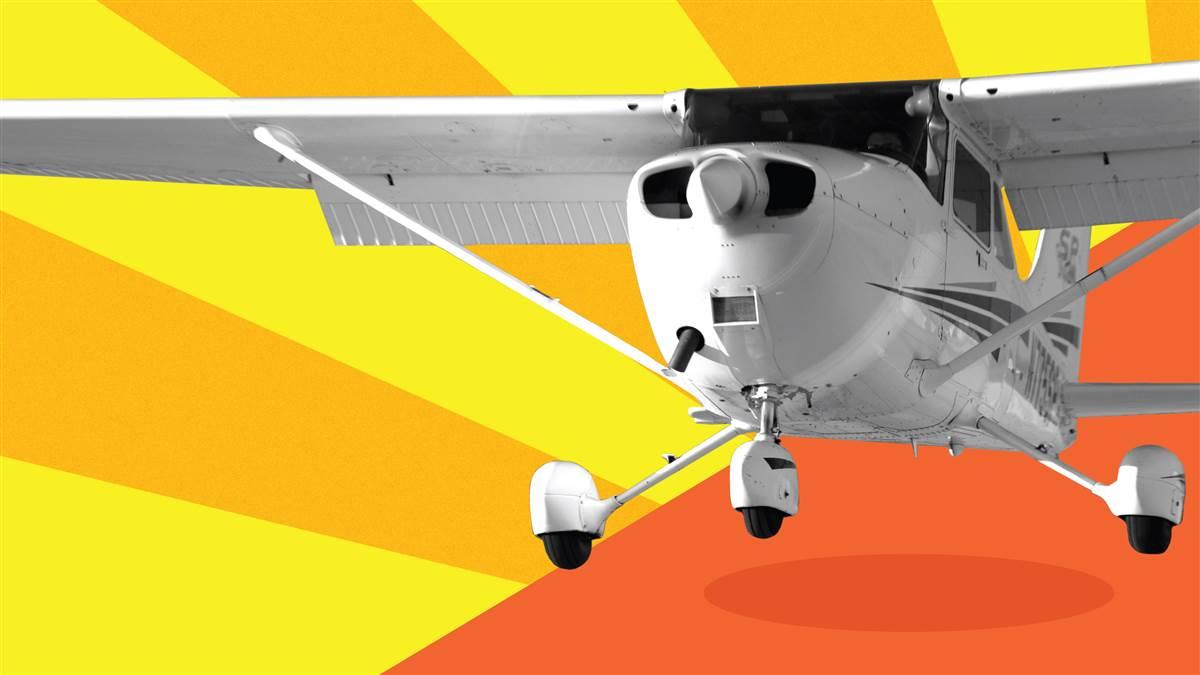
Ease-o-meter: Easy
Piper Cherokee
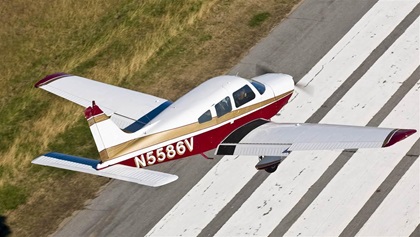
Ease-o-meter: Difficult
Aviat Pitts
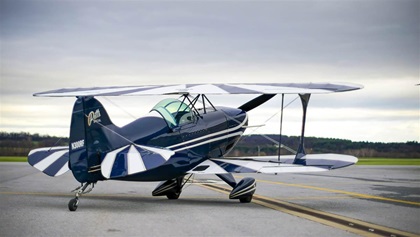
Ease-o-meter: Easy
Diamond DA40
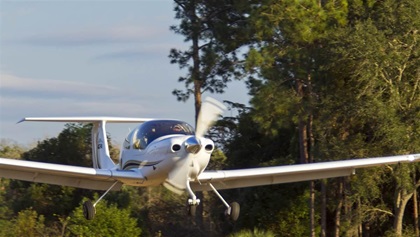
Ease-o-meter: Between not-so-easy and difficult
Douglas DC–3
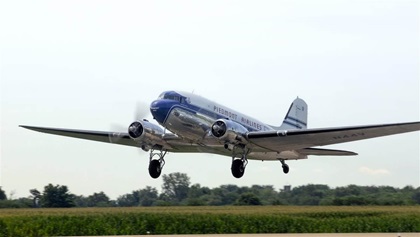
Just about every type club has articles and sometimes entire chatrooms devoted to this topic. And there’s never a shortage of opinions about the proper technique pilots should employ to master the art of landing.
Not surprisingly, trainers such as Cessna 150s and 172s and Piper Cherokees and Archers are at the low end of the landing difficulty scale, and specialized aerobats and warbirds, such as Pitts and Stearman biplanes, are on the high side.
But what design factors influence an airplane’s ground handling? And how can pilots adapt to airplanes that present known challenges? In general, factors that make airplanes easier to land include:
- Low approach speed.
- Unobstructed forward visibility.
- A low center of gravity.
- A long and wide wheelbase.
- Effective shock absorbers.
- Well-balanced, authoritative flight controls.
- Brakes that apply smoothly and avoid locking or fading.
The reasons these traits make airplanes easy to land are straightforward. Low approach speeds give pilots time and reduce the total amount of energy the landing itself must dissipate. Visibility allows pilots to see their aiming point throughout the approach, flare, touchdown, and rollout. Those visual cues can be tremendously helpful in judging aircraft attitude and height above the ground, alignment, and drift. A low center of gravity makes the airplane more stable as it decelerates, and so does a wide wheelbase. Effective shock absorbers prevent bounces (and big tires act as shock absorbers, too). Authoritative controls allow pilots to precisely hold the desired landing attitude, even in gusty wind conditions. Good brakes allow smooth deceleration without binding or fading, as well as accurate steering on the ground—especially for airplanes with free-castering nosewheels.
Ken Krueger, an aircraft designer whose portfolio includes the Van’s Aircraft RV–12 and Vashon Ranger—two airplanes with exceptionally pilot-friendly landing qualities—says aircraft should be balanced both in the air and on the ground.
“There should be enough pitch trim authority for the airplane to fly ‘hands-off’ at 1.3 [times stall speed in the landing configuration] with power off, flaps full, and the center of gravity at the forward limit,” Krueger said. “Main wheels can’t be too far forward or too far aft relative to the center of gravity. This is true for taildraggers and tri-gear airplanes although for different reasons.”

Illustration by Charles Floyd<
Curtis Pitts, the innovative, self-taught designer of a series of aerobatic biplanes bearing his name, liked to say that there were “no twitchy airplanes, only twitchy pilots.”
By that he meant that blame for the swerves, ground loops, and runway excursions that were commonplace in the short-coupled aerobatic airplanes he designed was properly assigned to pilots—not the aircraft themselves. And he had a point. The Pitts rudder seems to be imbued with power steering, and pilots—especially those new to the type—tend to overcontrol them. The Pitts side-to-side rudder motion during takeoff or landing can make a Pitts (especially a red one) look like a Sockeye salmon swimming upstream to spawn.
But it’s also beyond argument that a typical Pitts biplane has a high approach speed (no flaps), poor forward visibility, a high center of gravity, and an exceptionally short and narrow wheelbase. Given that challenging set of circumstances, what can a pilot do to compensate for them?
First, and most obvious, is obtaining appropriate training: Get sufficient experience in a two-seat Pitts (or an airplane with similar ground-handling characteristics) and coaching from a knowledgeable instructor. Once that’s done, here are a few counter-intuitive suggestions:
The biggest runway isn’t necessarily the best runway—and a perfectly calm wind isn’t ideal. When flying a tailwheel airplane in which the view ahead is blocked in the landing attitude, the pilot relies on peripheral vision for directional control. The pilot has to be able to see the edges of the runway (or maybe even just one edge) to keep the airplane tracking straight during takeoff and landing. A wide runway with distant edge markings can become an indistinct sea of concrete in which a pilot can easily lose orientation. A relatively narrow runway—especially one with close and clearly marked edges—is far preferable.
Also, light wind conditions—even a slight crosswind—is easier for a Pitts pilot than no wind at all. A light crosswind makes it easier for the pilot to keep the runway centerline in view while slipping on final approach, and the wind gives the pilot something to push against during the landing and rollout. Calm conditions mean that the airplane touches down at a relatively high ground speed, and the lack of a headwind means there’s likely to be a long rollout with lots of opportunities for unintended swerves as the airplane decelerates.
Now, consider a far more mechanically complex Cessna Citation twin-engine jet.
It has excellent forward visibility, a low center of gravity, a wide wheelbase, highly effective “trailing link” main landing gear with robust shock absorbers, anti-lock brakes, and wing “speed brakes” that rapidly dump lift and shift the aircraft’s weight to its wheels during rollout. Even though a Citation has a relatively fast approach speed (typically touching down at just under 100 knots), its design characteristics make it especially easy to land—even on wet or icy runways.
The old truism that you can’t judge a book by its cover still applies to airplanes.
A Douglas DC–2 is externally hard to distinguish from its successor, the DC–3. They’re both twin-engine, low-wing, metal airplanes designed a few years apart in the 1930s by the same engineers at the same company. Yet the DC–2 had a reputation for being maddeningly difficult to land, while the slightly larger DC–3 is incredibly forgiving in this area.
Author and former airline pilot Ernest K. Gann, who flew DC–2s as a new co-pilot, was repeatedly humbled by them.
“When taxiing, the braking system was activated by a heavy horn-shaped handle protruding from the left side of the instrument panel,” he wrote. “By simultaneous use of the rudder and handle, the desired left brake, and right brake could be applied. Since there was an inevitable lag between motion and effect, the DC–2 was stubbornly determined to chase its own tail on the ground, and in the crosswinds, sometimes switching ends to the embarrassment of all aboard.”
The DC–3 got a beefier main landing gear, better shock absorbers, toe brakes, and a larger, more effective rudder and elevator.
Aircraft designers have made a science of understanding, quantifying, and improving aircraft landing characteristics over time, and the evolution of trainers reflects that storehouse of knowledge.
Piper Cubs and Aeronca Champs, widely used as trainers in the mid-twentieth century, were tailwheel designs with basic flight controls—and lots of adverse yaw—that student pilots learned to anticipate and counteract. They were replaced by less demanding, more robust, metal, tricycle-gear aircraft capable of standing up to decades of rough treatment in the flight training environment.
Now, another generation of composite Cirrus SR20s and Diamond DA40s are joining the training market, as well as light sport aircraft such as the Van’s Aircraft RV–12 and Vashon Ranger. These trainers vary widely in performance and handling qualities, but their differences shouldn’t come as a complete surprise.
In the words of baseball great Yogi Berra, “You can observe a lot just by watching.”



